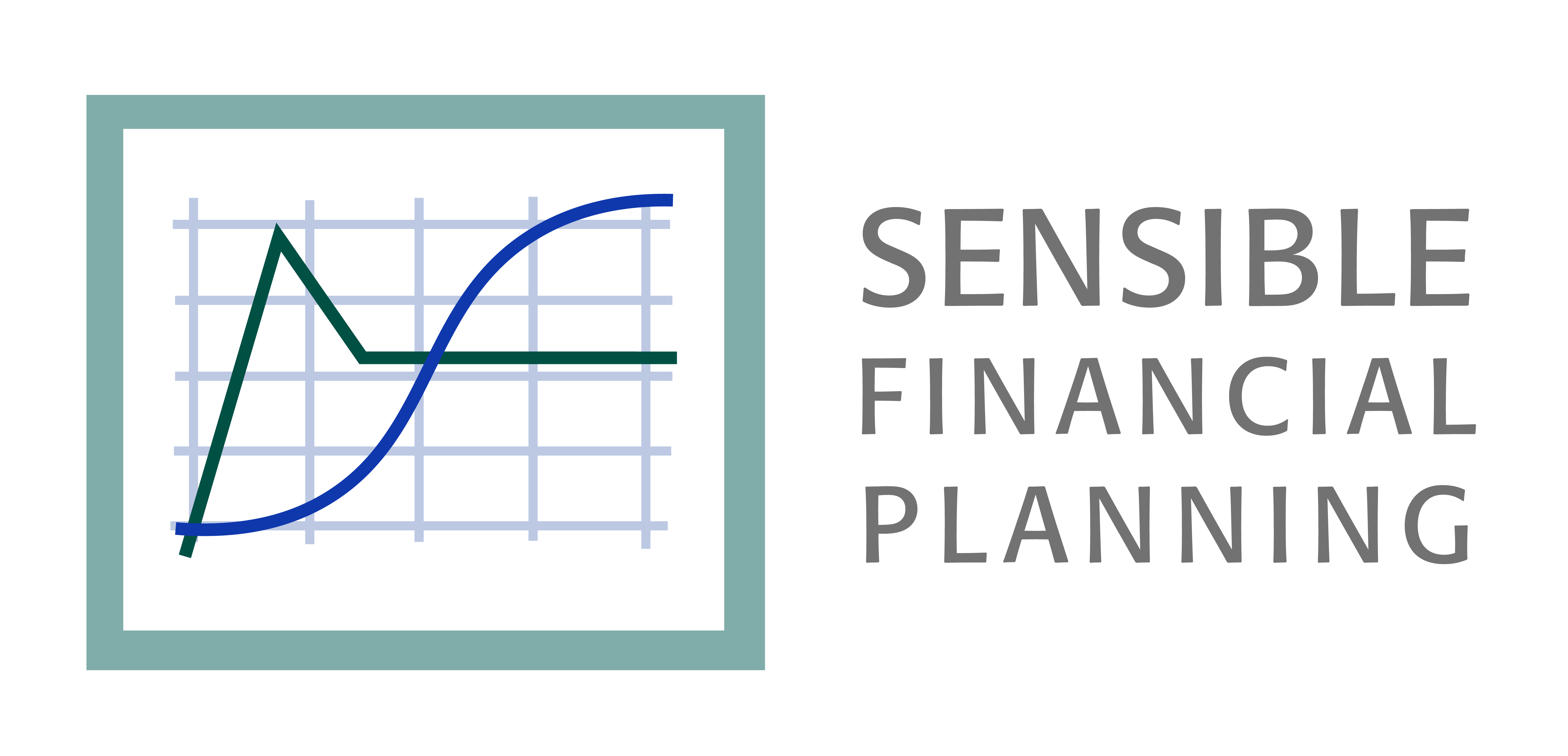
This is part one of a two-part article.
You may have seen “market impact”, “payment for order flow”, and “dark pools” in the news lately. This article is intended to provide a high-level explanation of them, and how they might affect you.
The investment markets are complex. There are thousands of smart, motivated individuals and companies looking for an edge, and there are frequent innovations and new developments. Some of the changes are very technical and are hard to understand if one is not closely involved. These three phrases are examples of those types of developments.
Market Impact
Portfolio managers at large institutions like mutual funds or pension funds worry about “market impact” – a change in a stock’s price that occurs while, and as a result of the manager buying or selling it. For instance, if the manager of a large, actively managed mutual fund decides to add a stock to their portfolio, the fund may need to buy hundreds of thousands or even millions of shares. Such a large order will typically drive the price up for that stock (basic supply and demand). Other market participants would notice that large order, expect the stock to rise, and enter smaller orders to buy the stock. Those smaller orders could be filled (completed) more readily than the very large one. Those “follow on” buyers would get their stock first, at a lower price, and then benefit as the price went up due to the large order. Shareholders of the large institutional manager’s fund would be harmed because fund managers would be buying shares at a higher price than they expected to pay.
To avoid this problem, institutional managers have long broken their orders into smaller “pieces”, entered over days and weeks, hoping that other market participants would not notice. But for the largest funds, this can be difficult because they must buy so many shares. It limits their nimbleness to react quickly to market news and can negatively impact their returns.
Dark pools emerge to allay market impact
To address this problem, so-called “dark pools” have arisen. These are private trading venues where the amount of buy or sell orders “in queue” are not as public as they are on the traditional exchanges like the New York Stock Exchange. This anonymity helps the large managers avoid the costs of market impact. Though we think of the “stock market” as being one big entity, it is fragmented into dozens of trading venues, including many exchanges and dark pools.
These trading venues need trading volume, or “liquidity” to fill the orders for the large managers. For instance, if a large manager wants to buy 500,000 shares of a stock on a particular trading venue, the venue needs sell orders for 500,000 shares to match. That doesn’t need to be a single order to sell 500,000 shares; it could be 500 orders to sell 1,000 shares each, or even 5,000 orders to sell 100 shares each.
Payment for order flow
This is where payment for order flow comes into play. The private trading venues will pay brokerage firms to route their orders to them, rather than to an exchange or another trading venue. The brokerage firms keep this payment for order flow as revenue. For example, Trading Venue A will pay Brokerage Firm B to send certain orders to Venue A, rather than to another trading venue. This is revenue for Brokerage Firm B.
The practice is controversial. Critics claim the brokerage firm should be routing its orders to the venue that offers the best prices, not the venue that pays the brokerage firm the most for its order flow. In essence, the brokerage firm is benefiting from the payment for order flow, and its customers are potentially being hurt by paying prices that are not as good as are available elsewhere.
On the other hand, brokerage firms need revenue to cover their costs. Payment for order flow is one of the factors that has allowed trading commissions to fall so dramatically to $0 in many cases. The brokers are getting their revenue elsewhere, such as from payment for order flow. $0 trades are one of the factors that has attracted small active traders to the market, of the sort that drove the recent GameStop event. However, those $0 trades may not be as free as they seem to be.
Not all brokerage firms accept payment for order flow, due to its controversial nature. Sensible Financial offers a selection of brokerage firms. Some accept payment for order flow and others do not.
It is difficult to know with certainty how much (if at all) individual investors are being harmed by the practice of payment for order flow. Not all the data is public, and to analyze it properly, the timing of trades must be analyzed, down to the millisecond. However, there is academic research on the subject. One paper we read noted that investors unable to negotiate commission rates with brokers pay more for stocks and receive less when they sell. The difference is approximately the amount the brokerage firm collects in payment for order flow.
What does this all mean for you and your portfolio? I will discuss that in my article next month. In the meantime, if you have any questions, please contact your advisor.
Here is the link to part two.
